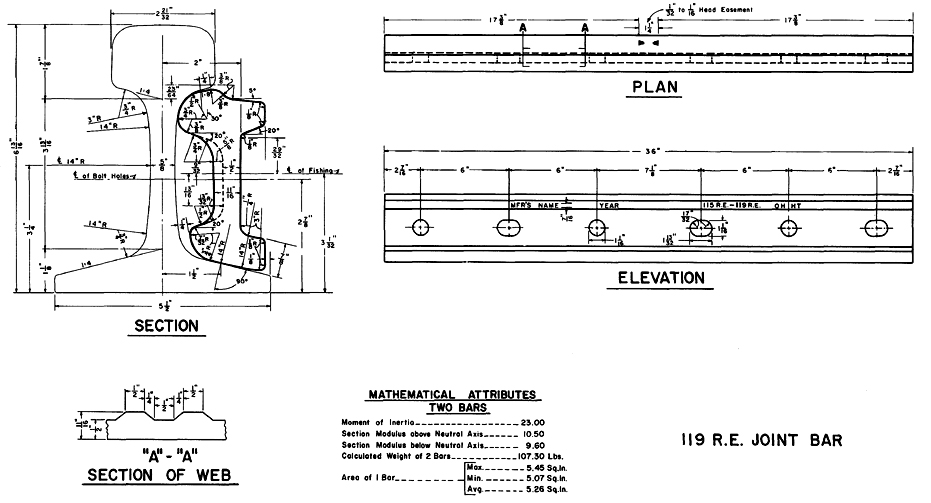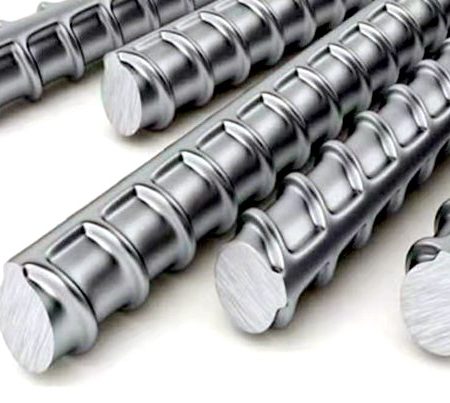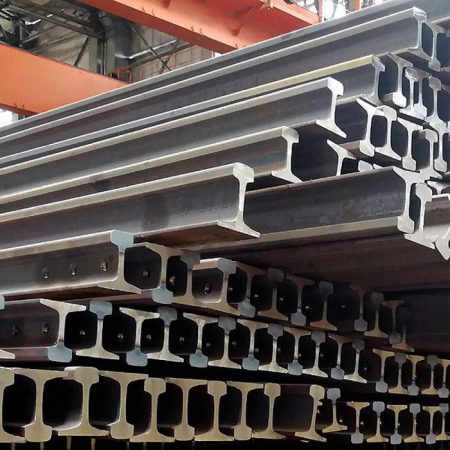119RE joint bar is same as 115RE joint bar, we can produce it by order, the material is 55# steel, also can produce virous compromise joint bar.

The material as below:
119RE joint bar is a component used to connect two sections of 119-pound rail together in railway applications. It is typically made of steel and bolted onto each section of rail to provide a secure connection between the sections. The joint bar helps maintain proper track alignment and helps to distribute the weight of the train evenly across the rail.
The 119RE rail joint bar is manufactured to meet industry standards established by the American Railway Engineering and Maintenance-of-Way Association (AREMA). The dimensions, materials, and performance requirements are specified in the AREMA Manual for Railway Engineering. The joint bar must meet specific mechanical properties and be able to withstand the loads and stresses associated with train traffic, as well as environmental factors such as temperature changes, corrosion, and wear.
The 119RE rail joint bar is commonly used in railways in North America, particularly in the United States and Canada. It may also be used in other countries that follow similar AREMA standards for railway construction and maintenance.
The 119RE rail joint bar is a component used in railway track construction and maintenance. It is primarily used to join two rail sections of the same size and type to create a continuous track. The joint bar is installed between the two rail ends and secured with bolts to provide strength and stability to the track. The joints are critical components in a railway track system, as they must be engineered to ensure the safe and reliable transit of trains over long distances and under varying conditions. The 119RE joint bar is specifically designed for use with 119-pound railway track rails.
It is possible that the 119RE rail joint bar is used in South America, as railway track systems in various countries often utilize standard rail sizes and components. However, the specific use of the 119RE rail joint bar in South America would depend on the adoption of the standard rail size and the railway track system used by each country. It would require further research to determine the extent of use of the 119RE rail joint bar in South America. The use of a particular rail joint bar in a specific area would be subject to the rail standards and specifications of that area, as well as the needs and preferences of individual rail operators. It would require further research or access to relevant data to identify specific areas of South America where the 119RE rail joint bar may be used.
Recommend our international standard flat bottom rails:






